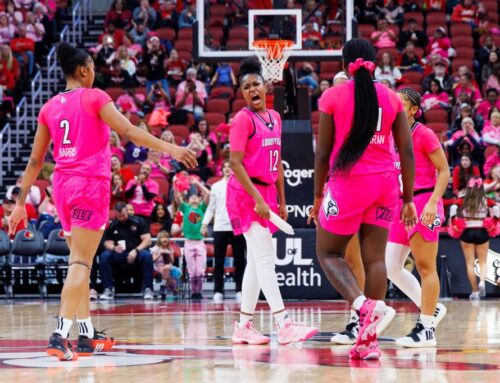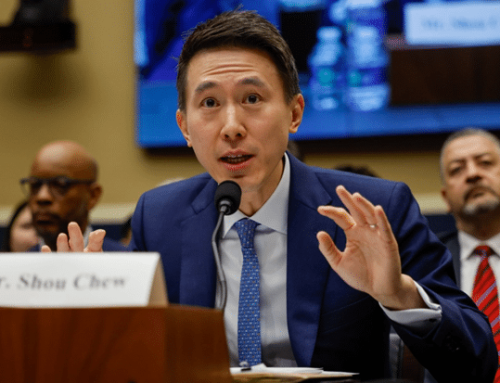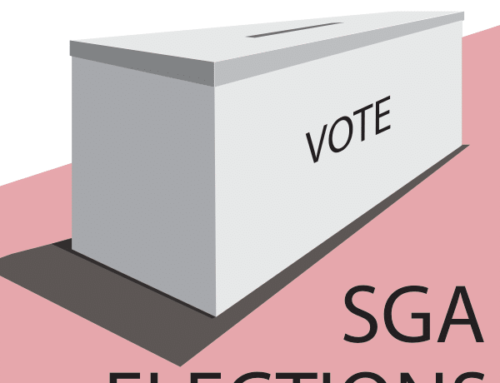By Josh Williams
Last week in my sociology class, I found myself absorbed in a heated conversation about a familiar topic: racism. However, our conversation was different than most. Students were discussing reverse racism. This term refers to members of the majority population being discriminated against, rather than the minority. Reverse racism would be when a minority citizen discriminates against a citizen from the majority. My classroom discussion was extremely indecisive as to whether this actually does occur.
There is one example of this reverse racism that raises a lot of controversy: when a student receives a scholarship because he or she is a minority. Some students feel it is unfair for others to have the opportunity to receive more scholarship funding based primarily on the color of their skin. This puts members of the majority at a disadvantage and could be considered, by those who believe in reverse racism, a form of discrimination. This concept was exemplified in the 2003 court case Gratz v. Bollinger. At that time, the University of Michigan was using a 150-point scale to rank applicants. Students who were an underrepresented ethnic minority – such as black, Hispanic or Native American – received an automatic 20 points, while students who had a perfect SAT score only received 12 points. With this system, minorities had a substantial advantage in gaining acceptance to the university.
To put this argument into perspective, however, the other side should be addressed. Inequality still exists today. According to the Bureau of Labor Statistics, white Americans make more money, on average, than black Americans or Hispanics. Because of this, white Americans can afford better housing in safer areas. As a result, they have access to better public schooling for their children, who receive a higher quality education. Since whites have more money and receive a better basic education, they have a greater chance of continuing to postsecondary success.
In opposition, minorities typically make much less than whites. Using the results from the Bureau of Labor Statistics in the fourth quarter of 2010, black Americans earn 79.5 percent of what white Americans make, while Hispanics earn 69.8 percent of what white Americans make. This forces the minorities to live in inferior housing and raise their children in more dangerous areas. As a result, they typically must attend lower quality schools and thus receive a lesser education. Because of a lesser education and not as much money, minorities are less likely to go to a university or a trade school. That is where minority scholarships come in: to give minorities a better chance of receiving a higher education.
While these examples do not apply to all, they demonstrate some of the current inequality in the United States. Because reverse racism only occurs at a personal level – from person to person – and racism against minorities occurs at a structural level, each form of racism occurs at completely different degrees. Reverse racism normally varies day to day, while minorities consistently have more social disadvantages than the majority. Comparing these two issues as if they are same cannot be done – the two are completely different. Although racism against minorities occurs on a much larger scale than reverse racism, this does not mean that reverse racism does not exist. Rather, it means that it occurs at a lesser rate than discrimination against minorities. Hopefully, one day, neither will have to exist. Hopefully people will begin to believe in the phrase that so many say: All men and women are created equally.





